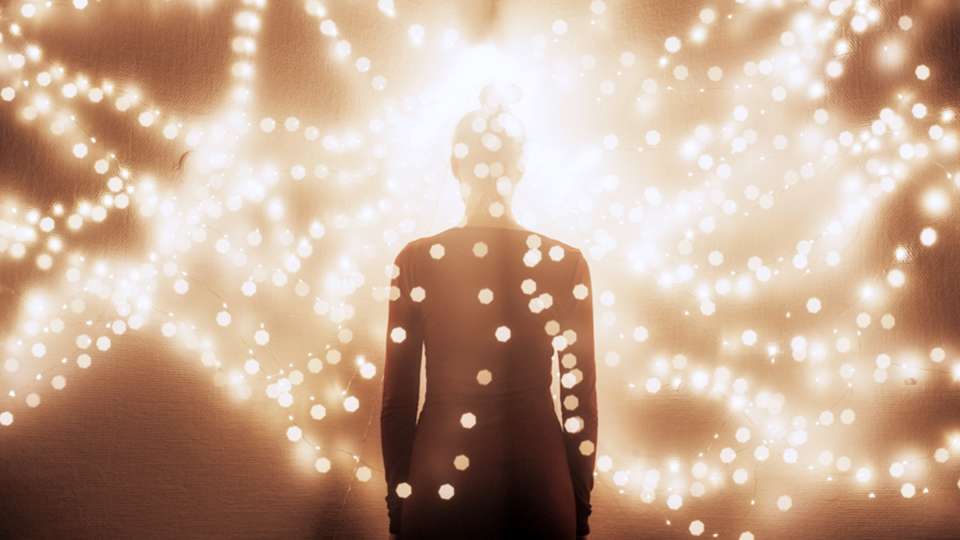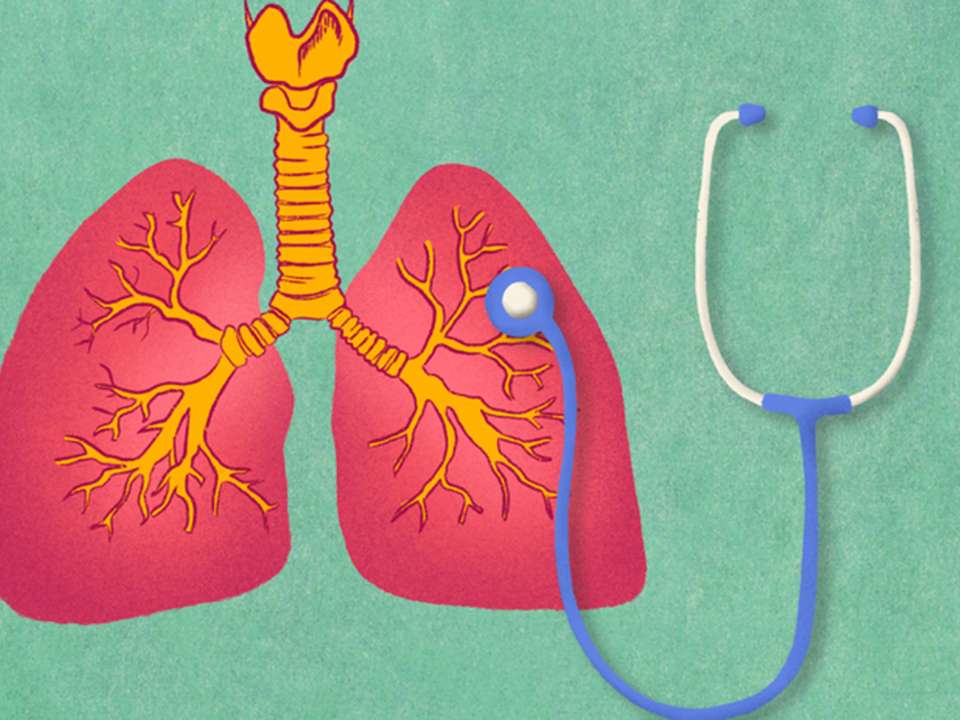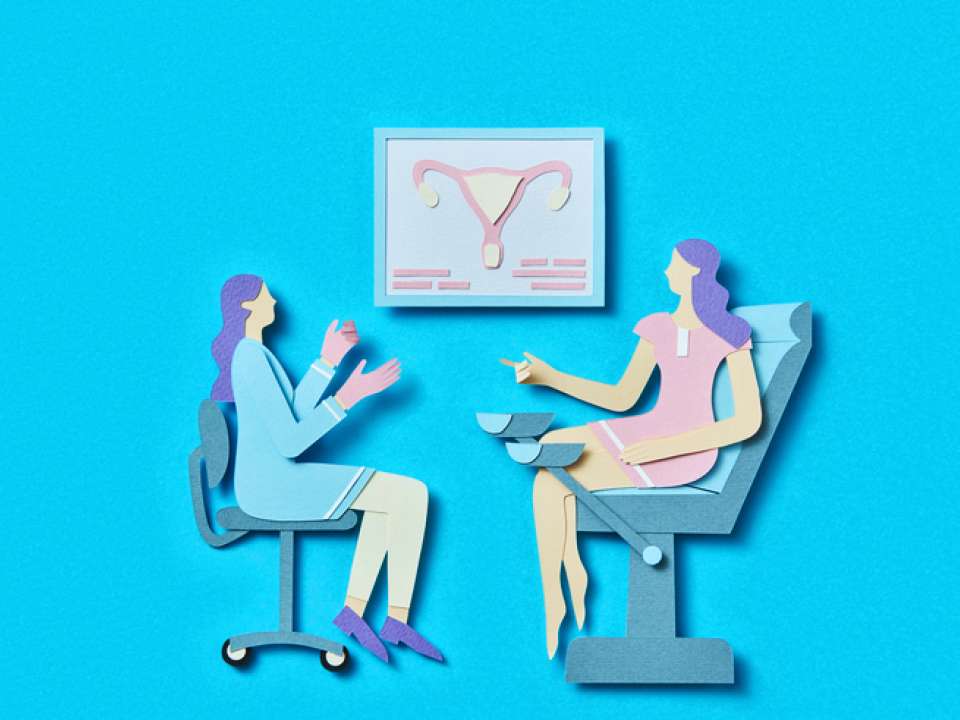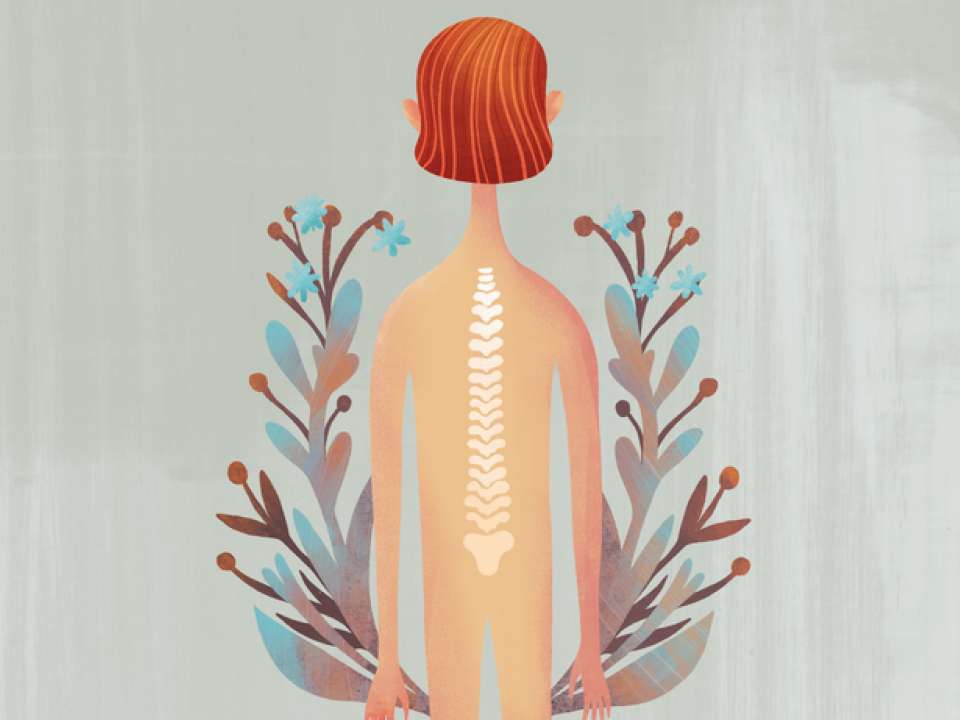Cryptogenic Stroke: The Mysterious Condition That’s Affecting Young People

More than 100,000 people die from stroke each year in the U.S. It’s the second leading cause of death around the world. But for some stroke victims, answers about why their stroke happened can be a mystery.
Stroke Is a Serious Medical Emergency
Stroke causes damage to the brain when either a blood clot restricts blood for or a weakened blood vessel ruptures. It is the leading cause of disability in the United States, says stroke neurologist David Tirschwell, M.D., medical director at the UW Medicine Comprehensive Stroke Center.
“When we have someone who comes in with a stroke, we have a standard work up we do. We look at the blood vessels supplying their brains, we do an ultrasound, usually of their heart, and we will usually do a CT scan, or commonly an MRI of the brain,” he says. “We can usually come up with a pretty reasonable theory about what caused the stroke, somewhere between 60 and 80 percent of the time, I would say.”
That leaves 20 to 40 percent of stroke patients with a mystery known as “cryptogenic stroke.” These strokes of an unknown origin are a sub-type of ischemic stroke, which occur as a result of a blood vessel supplying blood to the brain becoming obstructed, explains Dr. Tirschwell. Younger patients, who have a much lower rate of stroke, are more likely to have a stroke defined as “cryptogenic,” he says.
Stroke Recovery Is Possible
Val Stewart was 36 when she had a stroke of unknown cause last year.
“There’s no smoking gun with my stroke,” says Stewart, a Seattle resident who works as an occupational therapist. “They say it is called a cryptogenic stroke and with my medical background, I was like that is such a great word. ‘Hidden origins.’ Yes. It is perfect.”
Stewart’s stroke happened while she was in the shower. “The arm was my first signal that something was going wrong, it was numb, it was really heavy, and it wasn’t operating like I wanted it to,” she says.
After a few months, Stewart says she’s almost 100 percent back to normal. To reduce her risk of a future stroke, she’s now taking a daily aspirin.
Stroke Signs
An easy way to remember stroke symptoms is with the acronym F.A.S.T. (face drooping, slurred speech, arm weakness, time to call 911). If you experience any of these symptoms, seek medical help right away.

 Healthy ideas for your inbox
Healthy ideas for your inbox





